The writing is on the wall
Updated: 2016-07-23 09:24
By Yang Yang(China Daily)
|
||||||||
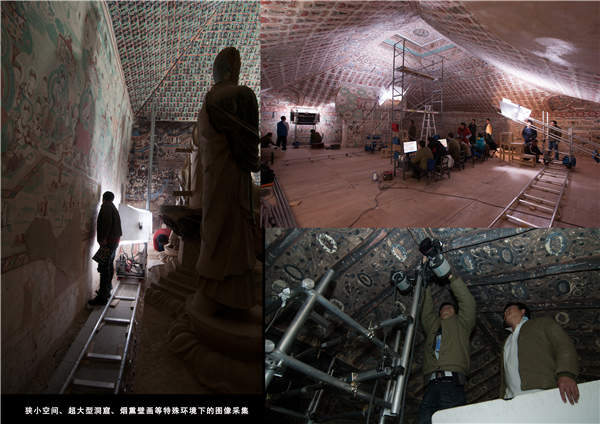 |
|
Cameramen use scaffolding to capture the images on the irregular shaped roof |
Apart from keeping accurate records of the murals and statues, archaeologists need to do the same for the caves, including taking high-definition photos, so that if one day the caves are destroyed for any reason, records will yield enough information that will allow the Mogao Grottoes to be fully and accurately replicated.
After Cai drew all the lines on the gridded paper the lines needed to be copied onto imitation parchment for publication.
"It's an extremely complex job, and very time-consuming," he says, adding that there were too many inaccuracies measuring with rudimentary tools.
"People draw differently. Some are good, some bad. They have very different styles."
Dunhuang Academy was founded in 1944 by Chang Shuhong. At the very beginning, the older generation planned to take care of the archaeological records, but until the 1990s the project was behind schedule.
It planned to publish 100 volumes of archaeological record of this UNESCO World Heritage site, covering everything in the Mogao Grottoes, and the nearby Yulin Grottoes and Western Thousand-Buddha Cave.
The first of the 100 volumes published in 2011 includes caves numbered from 266 to 275. Generally using the old way of surveying a cave would take two to three people five to six years.
"We will be able to finish all the surveying and mapping in four years thanks to 3-D point-cloud scanning technology," Cai says.
This technology enables users to collect detailed information of the subject based on many points chosen during scanning, so that the detail of a curved surface or complicated structure and lines can also be captured.
It takes the scanner one to two hours to finish scanning a whole cave.
- Fashion of Queen Elizabeth on exhibition in London
- Hollande urges Britain to begin EU exit talks 'as soon as possible'
- Trump vows law and order if elected
- Chinese cuisine stuns Thai princess
- Security Council holds first secret poll on next UN chief selection
- Turkey's Erdogan declares state of emergency after coup bid

 Things you may not know about Major Heat
Things you may not know about Major Heat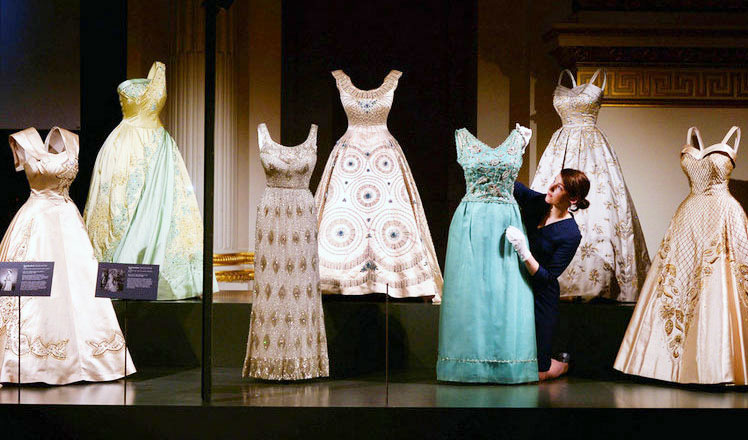
 Unveiling the secrets of Elizabeth II’s wardrobe
Unveiling the secrets of Elizabeth II’s wardrobe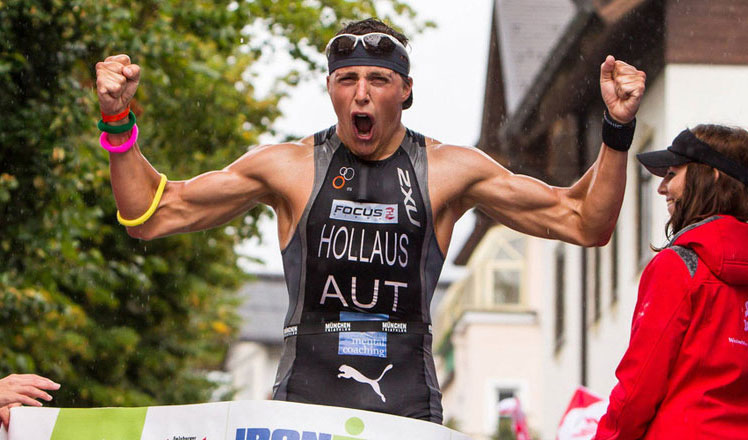
 Go global: Wanda's top 10 foreign acquisitions
Go global: Wanda's top 10 foreign acquisitions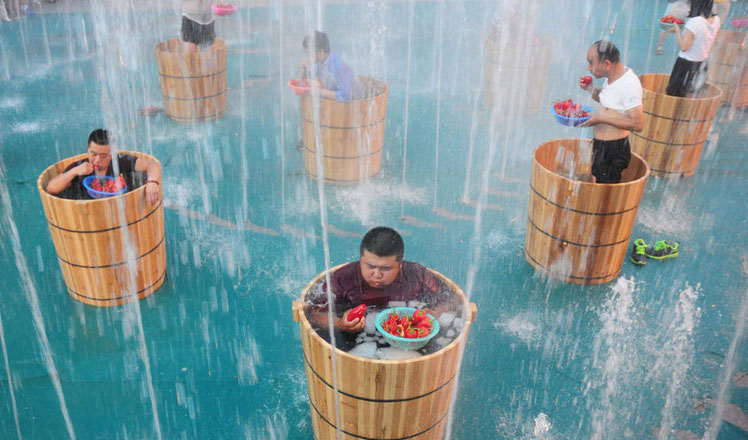
 Hot pepper and ice tub challenge held in E China
Hot pepper and ice tub challenge held in E China
 Ten photos from around China: July 15 – 21
Ten photos from around China: July 15 – 21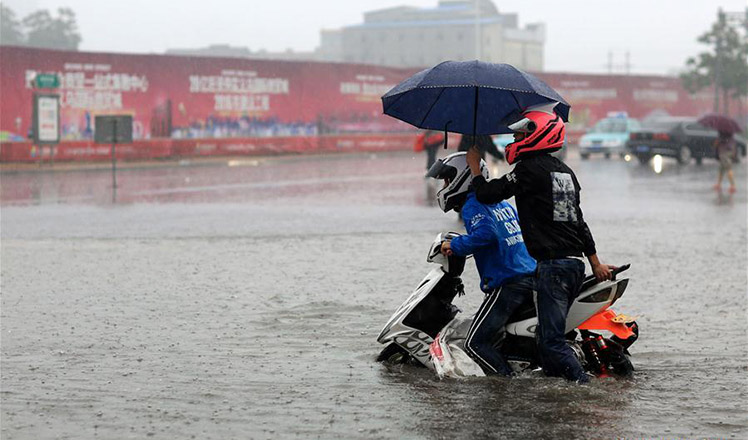
 Heavy rain, floods across China
Heavy rain, floods across China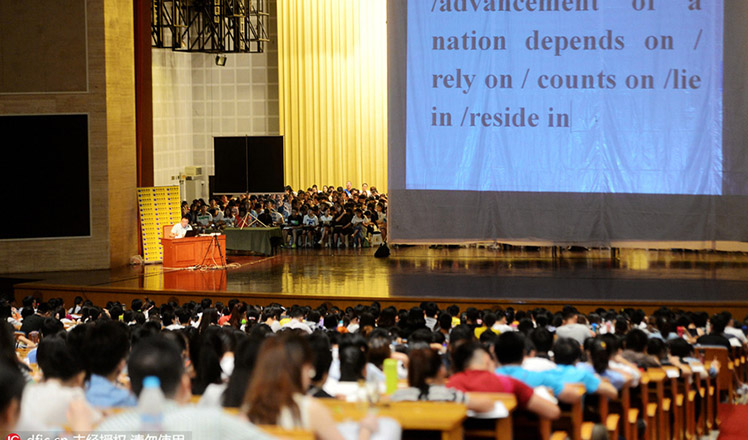
 Super-sized class has 3,500 students for postgraduate exam
Super-sized class has 3,500 students for postgraduate exam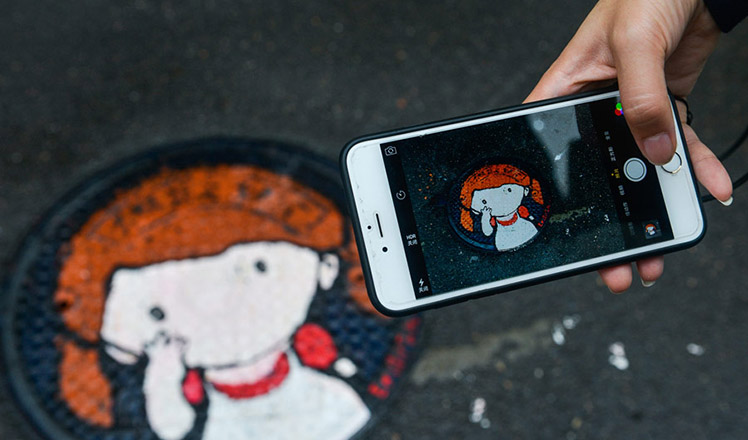
 Luoyang university gets cartoon manhole covers
Luoyang university gets cartoon manhole covers
Most Viewed
Editor's Picks

|

|

|

|

|

|
Today's Top News
Ministry slams US-Korean THAAD deployment
Two police officers shot at protest in Dallas
Abe's blame game reveals his policies failing to get results
Ending wildlife trafficking must be policy priority in Asia
Effects of supply-side reform take time to be seen
Chinese State Councilor Yang Jiechi to meet Kerry
Chinese stocks surge on back of MSCI rumors
Liang avoids jail in shooting death
US Weekly

|

|







